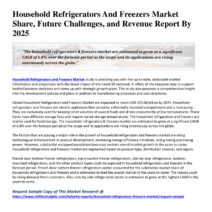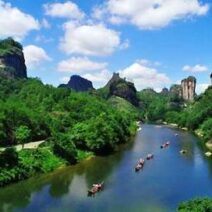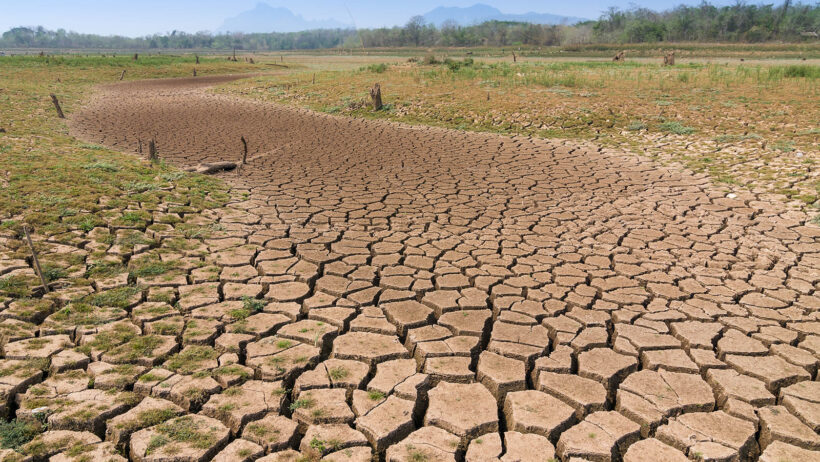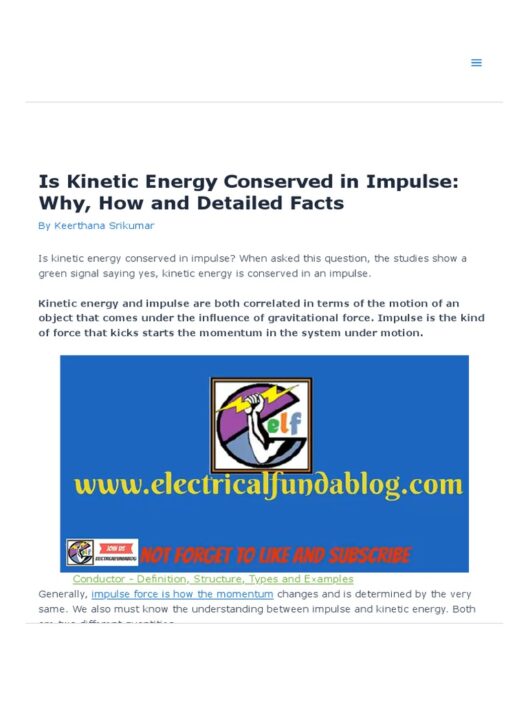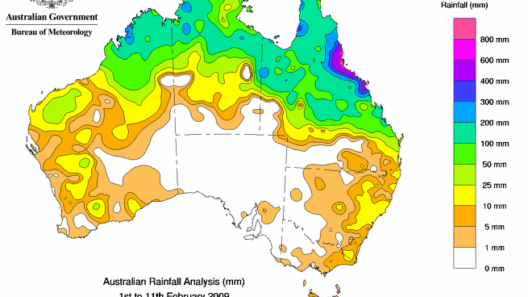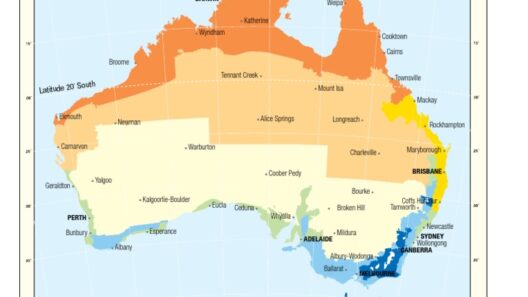In recent decades, the ramifications of climate change have rippled through ecosystems and communities alike, challenging the very fabric of our environmental systems. As anthropogenic influences permeate the atmosphere, the consequences have become increasingly discernible across various realms of the natural world.
Habitat Alteration and Biodiversity Loss
One of the most alarming repercussions of climate change is habitat alteration, which poses an existential threat to countless species. As temperatures rise, certain ecosystems, such as wetlands, forests, and coral reefs, find themselves in a precarious state. These habitats are not only pivotal for the survival of particular species but are also integral to global biodiversity. The degradation of these environments leads to an irreversible loss of flora and fauna, disproportionately affecting species unable to adapt swiftly to shifting climates.
The phenomenon of habitat fragmentation further complicates matters. Resulting from human activities, urban expansion, and agricultural practices, this fragmentation isolates populations, hindering genetic diversity and resilience. Isolated animal populations become more susceptible to extinction as they face challenges such as inbreeding and diminished resources. The relentless encroachment of human infrastructure into natural realms exacerbates this crisis, highlighting the urgent need for holistic environmental policies that prioritize habitat preservation.
Moreover, the disruption of migratory patterns due to shifting weather conditions creates an additional layer of complexity. Species reliant on seasonal changes—including birds, fish, and mammals—find their survival imperiled as they navigate altered landscapes and decline in prey or vegetative availability. The delicate interdependence of these species manifests an intricate web of life, now frayed by the relentless march of climate change.
Extreme Weather Events: A Catalyst for Environmental Degradation
The correlation between climate change and the exacerbation of extreme weather events is no longer a matter of conjecture; it is a manifestation of reality. From infrequent droughts to unprecedented hurricanes, the increase in both the frequency and intensity of these events magnifies the stresses placed on the environment. Flooding alone can obliterate coastal regions, leading to the salinization of freshwater supplies and the destruction of crucial ecosystems, such as marshlands and mangroves, which serve as natural buffers against storm surges.
Similarly, prolonged periods of drought decimate agricultural productivity, unleashing a cascade of effects that include soil degradation and desertification. The cultivation of crops becomes increasingly irrational in regions suffering from water scarcity due to climate changes. As crops fail, not only do ecosystems bear the brunt, but human communities face food insecurity and malnutrition, accentuating societal vulnerabilities.
Furthermore, wildfires have surged in frequency and severity, reaping devastation upon landscapes and wildlife. The combustion of vast expanses of forest not only eradicates carbon sinks—essential players in mitigating climate change—but also releases stored carbon dioxide into the atmosphere, creating a vicious cycle. This cycle endangers species populations, destroys habitats, and contributes to air pollution, further exacerbating health problems in human populations.
Oceanic Woes: Acidification and Ecosystem Collapse
As the world grapples with climate change, our oceans—covering more than 70% of the planet—are crying out for attention. The increasing levels of carbon dioxide in the atmosphere result in higher amounts of CO2 being absorbed by oceans, leading to ocean acidification. This process threatens marine life, particularly organisms with calcium carbonate structures, such as corals and shellfish. With coral reefs—the rainforests of the sea—that sustain a significant percentage of marine biodiversity on the brink of collapse, the implications for global fisheries and coastal economies are dire.
The degradation of reefs not only threatens marine life but also diminishes their role as a barrier against coastal erosion, making shorelines more vulnerable to storm damage. With diminished ecosystems, the interconnected relationship between marine species and local communities relies on healthy oceans, becoming increasingly tenuous. The repercussions escalate further, as the loss of fish species diminishes food availability, driving communities that depend on these resources into greater poverty and insecurity.
Climate change also exacerbates the issues of overfishing. In tandem with altered habitats, overfishing devolves into unsustainable practices that threaten species populations already on the brink. When exploited beyond recovery, fish populations cannot rebalance, leading to ecological imbalances that further exacerbate the challenges encountered by the ocean’s health.
Collective Action: The Path Forward
Human resilience in the face of climate change is paramount. Collective action and advocacy are vital for bridging the gap between awareness and meaningful change. Governments, organizations, and individuals must work in concert to design adaptive strategies that prioritize sustainability. Restoring habitats, enforcing stricter regulations on fishing practices, and enhancing climate resilience in vulnerable communities are crucial steps toward harmonizing humanity’s relationship with the environment.
An investment in renewable resources, sustainable agriculture, and comprehensive disaster management plans can mitigate the worst impacts of climate change while fostering biodiversity. Playing an active role in environmental stewardship is not merely a choice; it has become an imperative. The climate crisis is a clarion call for humanity to reunite with nature, understanding that the health of our planet directly correlates with our future survival. Through concerted efforts and innovative thinking, it is feasible to forge a sustainable pathway where both ecosystems and human communities can flourish.
